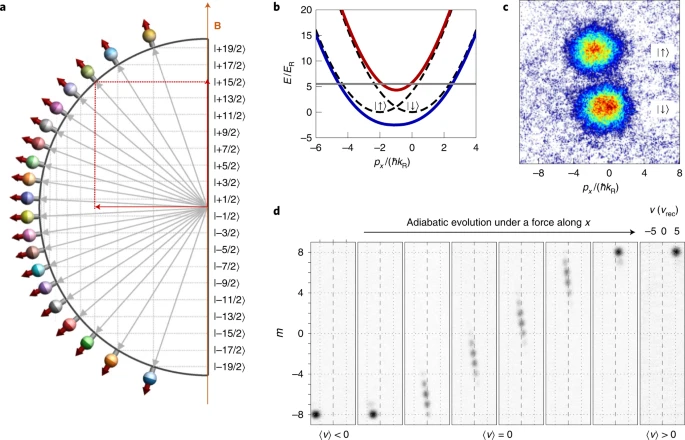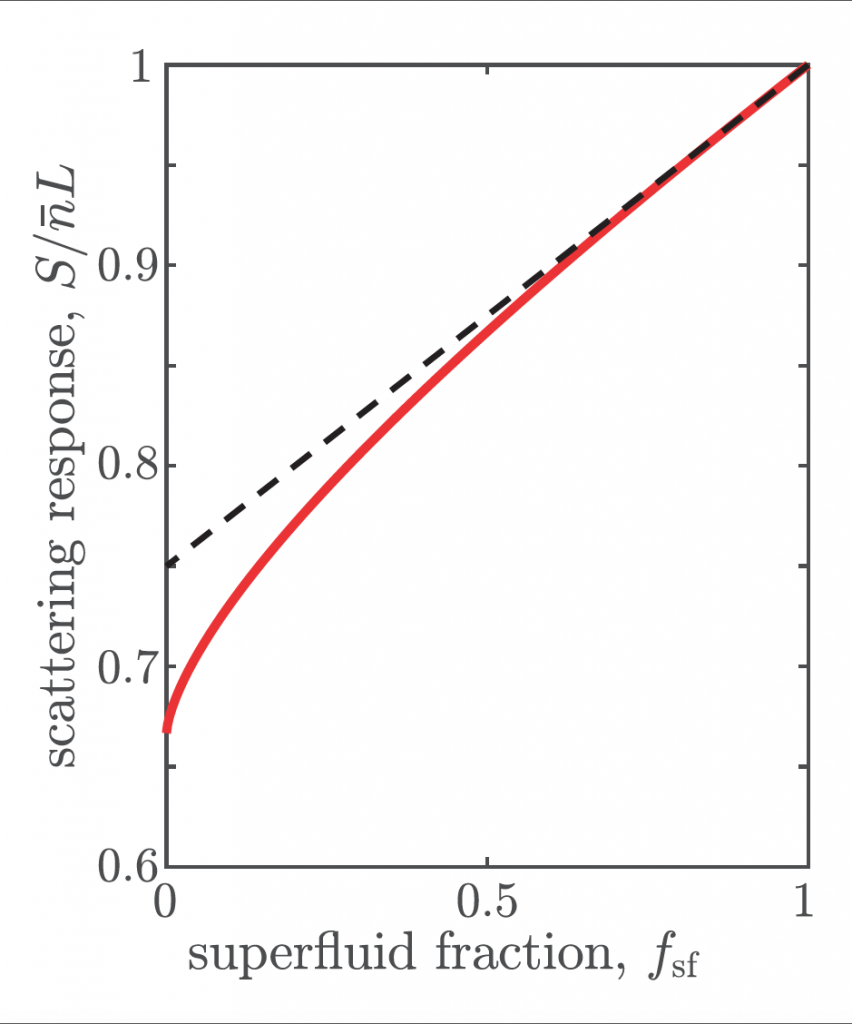
Our review on the quantum many-body physics in ultracold magnetic lanthanides is now published in Nature Physics!
Take a look here: Developments in atomic control using ultracold magnetic lanthanides
Center for Ultracold Atoms and Quantum Gases, IExP and IQOQI, Innsbruck
Category for scientific news related to the theory group.

Our review on the quantum many-body physics in ultracold magnetic lanthanides is now published in Nature Physics!
Take a look here: Developments in atomic control using ultracold magnetic lanthanides

Dipolar condensates were recently coaxed into supersolid phases supporting both superfluid and crystal excitations. The first dipolar supersolids consisted of one dimensional droplet arrays, and a recent experiment here achieved two dimensional supersolidity, observing the transition from a linear chain to a zig-zag configuration of droplets.
In this work, in collaboration with Prof. Luis Santos from the Leibniz University Hannover, we show that while one-dimensional supersolids may be prepared from condensates via a roton instability, such a procedure in two dimensions tends to destabilise the supersolid. By evaporatively cooling directly into the supersolid phase–hence bypassing the roton instability–we experimentally produce a 2D supersolid in a near-circular trap, an observation verified through state-of-the-art finite temperature simulations. We show that 2D roton modes have little in common with the supersolid configuration, instead, unstable rotons produce a small number of central droplets, which triggers a nonlinear process of crystal growth. We calculate excitations for a 2D supersolid ground state, and make comparisons with 1D arrays using the static structure factor. These results provide insight into the process of supersolid formation in 2D, and define a realistic path to the formation of large two-dimensional supersolid arrays.
This work has been published in Physical Review Letters, and it can also be found on the arXiv.
Supersolids are fluid and solid at the same time. In jointly collaboration work, together with Thierry Giamarchi, theoretical physicist from the University of Geneva, we have for the first time investigated what happens when such a state is brought out of balance.
Now in Physical Review Research!
Lauriane and Francesca, together with Blair Blakie and Danny Bailly (Otago University), theoretically studied the supersolid phase diagram of dipolar quantum Bose gases in cylindrical geometries. The work is now published in Physical Review Research.

Congratulation to Lauriane Chomaz on the publication of her paper in Phys. Rev. A. In this work, Lauriane investigates the general relationships existing between the density contrast, the superfluid fraction, and the response to a high-energy scattering probe of density-modulated states within a classical-field approach.